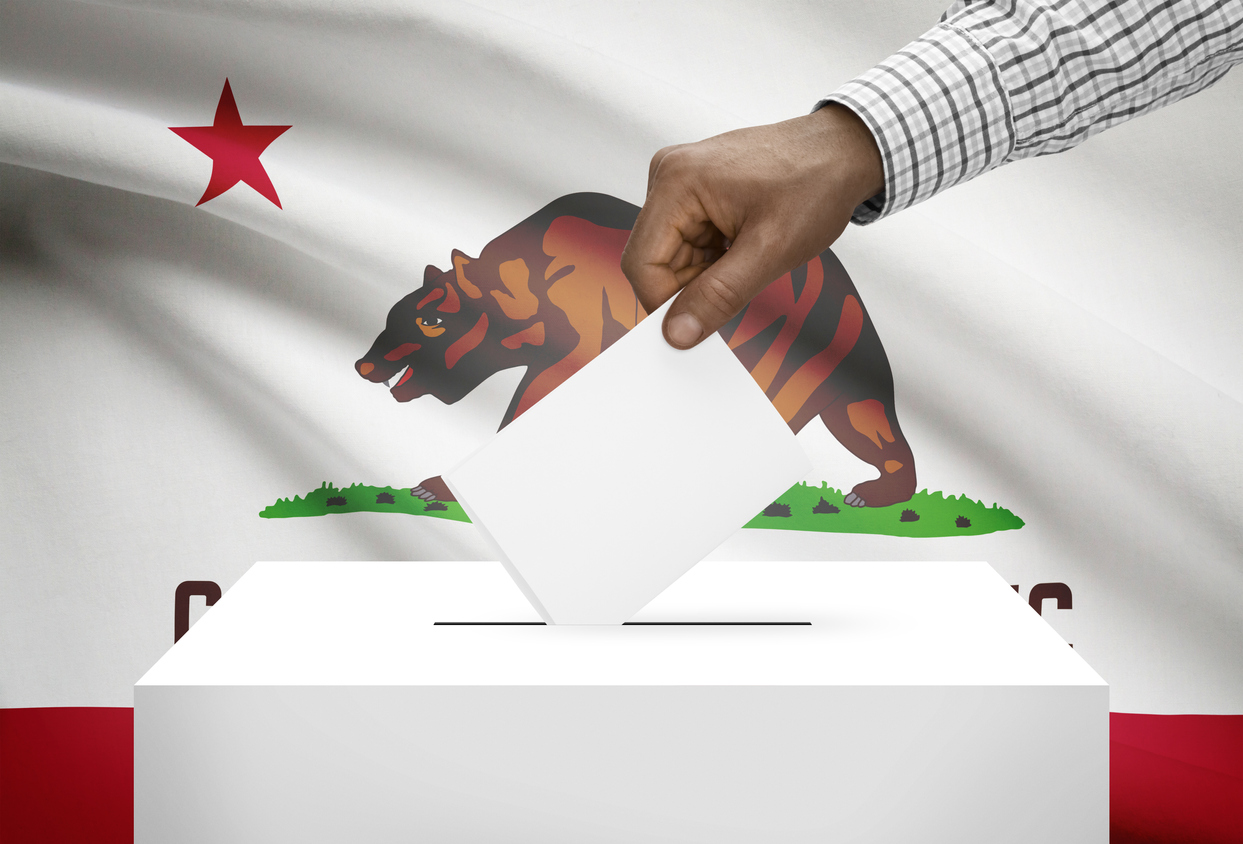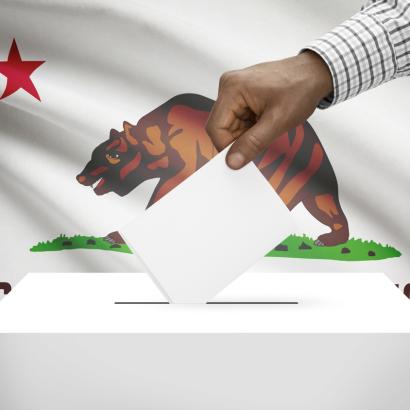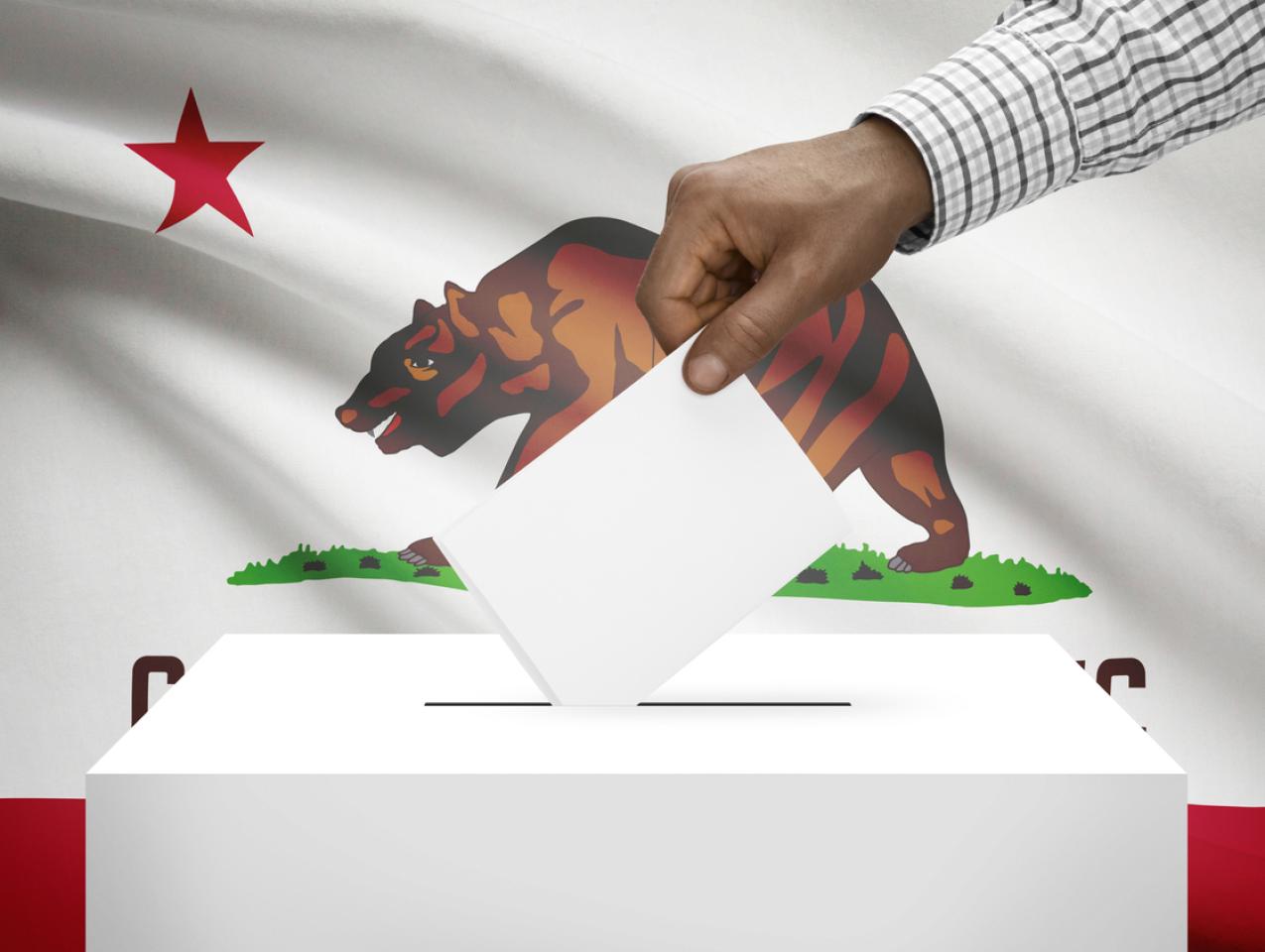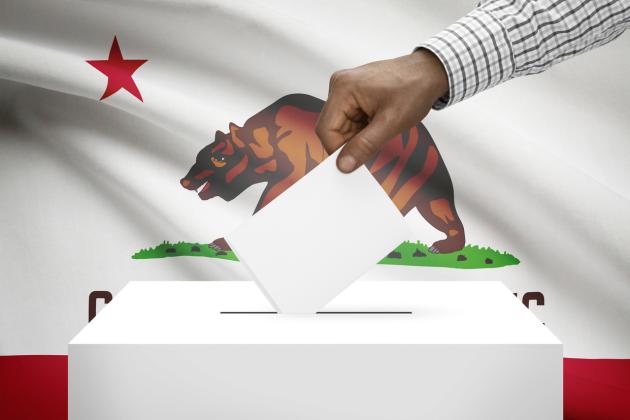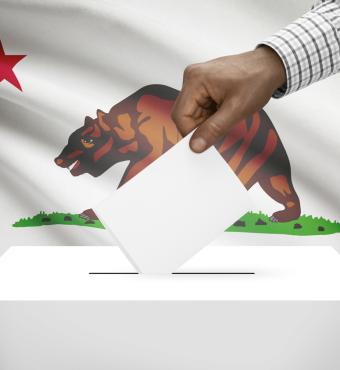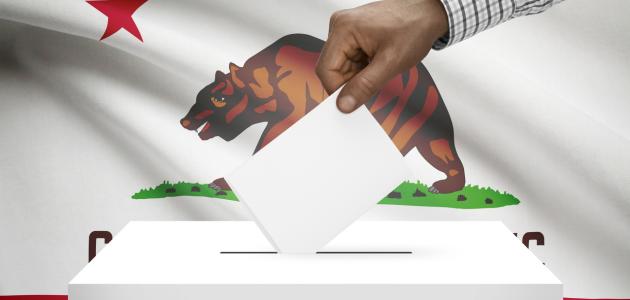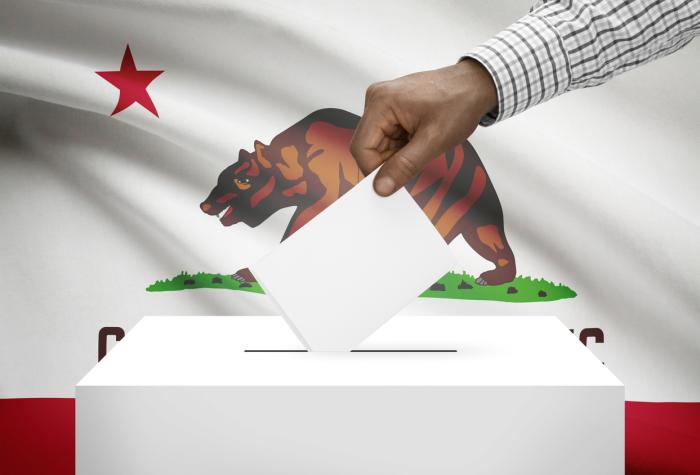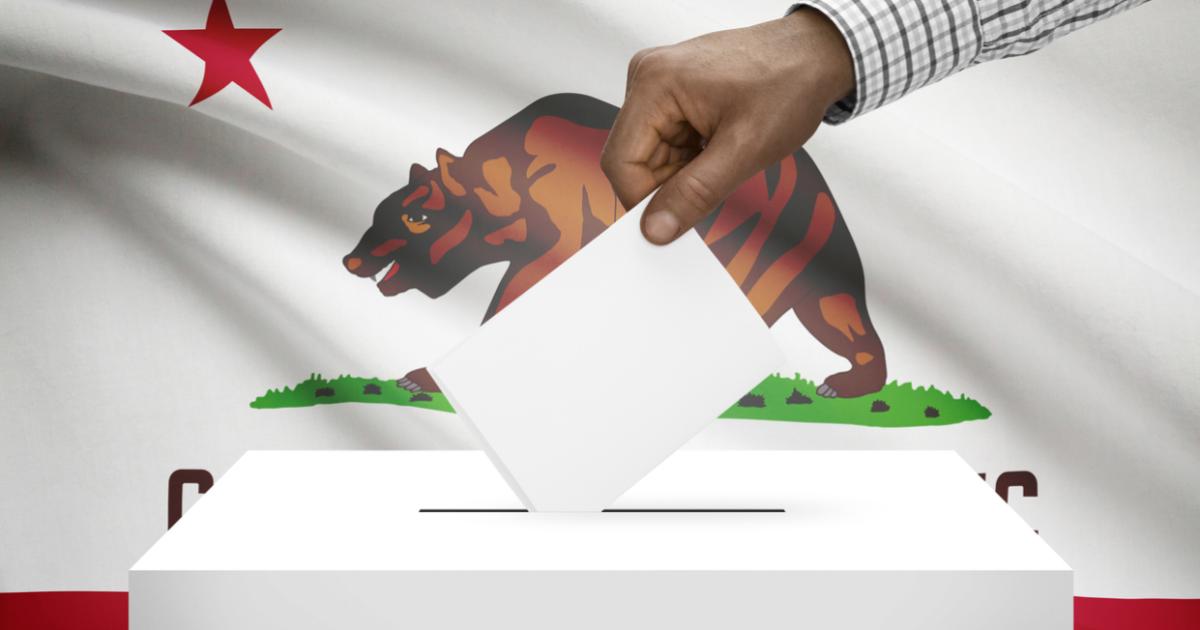- Politics, Institutions, and Public Opinion
- State & Local
- California
Out of 1.7 million signatures among California voters to recall Governor Gavin Newsom, only 43 were withdrawn during the state’s 30-day “change your mind” period. Newsom and the state’s Democratic party would have you believe that the recall is racist and is akin to treason. This is of course not about race, nor is it about treason, as California law permits such a recall. But the fact that Newsom and his party have strategically woven such a tale tells you all you need to know about why so many are so concerned about Newsom’s performance.
This recall is about inadequate governance, a failure to lead, and the continuation of economic policies that benefit a few elites at the expense of nearly everyone else. It is about how millions of Californians have economically suffered during the COVID-19 pandemic at the hands of dysfunctional government institutions. And its genesis is a familiar one: a one-party state with virtually no accountability that picks its politicians seemingly without an eye toward whether they will be able to govern or not.
Because of extreme and confusing business closures, California’s economy has suffered enormously, including having the highest unemployment rate in the country outside of Hawaii and Nevada, both of which depend enormously on the travel industry. From this perspective no state managed the pandemic worse than California. And California’s recovery is far behind the rest of the country. The average state has restored about 2/3 of the number of jobs lost during the pandemic. California has only restored ½ of those jobs, and in the meantime, California is shrinking, losing businesses and people to low-tax and low-cost-of-living states.
California has not only lost more jobs during the pandemic and restored fewer jobs as the economy expands, but it has grossly failed with the basic function of helping the state’s unemployed.
While over a million legitimate unemployment claims remained unpaid for months, the state’s Employment Development Department has paid out $32 billion in fraudulent claims. Yes, that is “billion,” with a “b.” The problem? Sixty-year-old software that has been patched so often that it no longer is reliable and has become easy to hack, plus a failure by the department to heed warnings about lax security. A rapper has even recorded a song about how he became rich from unemployment fraud.
What should have been a top priority to fix remains problematic, with more fraud likely to come: “We are nowhere near the end of this particular fraud,” notes Eva Velasquez, president and CEO of the Identity Theft Resource Center, a nonprofit that helps victims of identity theft.
The state has failed to address other priorities either through incompetence, as above, or by making priority issues nonpriorities.
Once vaccines became available, the most important job for state government was to efficiently distribute vaccines and get people inoculated. But California was among the worst states in vaccination rates due to a lack of coordination between Sacramento and California’s counties, sort of a “left hand doesn’t know what the right hand is doing” situation. State performance was so bad—only 22 percent of survey respondents viewed the state’s vaccine efforts favorably—that it was largely turned over to Blue Shield and Kaiser Permanente. What does it say about state government when it can’t manage the most important public health responsibility it has faced in decades?
Another priority should be investing in the state’s water supply and infrastructure. But despite being home to some of the most innovative businesses in the world that could surely come up with answers (how about more desalination?), California politicians continue to kick the water can down the road, pray for rain, institute water rationing whenever drought hits (roughly every third year), and spend millions on ads touring the benefits of turning your lawn into a cactus garden, taking short showers, and making sure you only run your dishwasher when it is full.
The 2020–21 winter was one of the driest in many parts of California, so dry that Lake Oroville’s hydroelectric plant may need to shut down due to low water levels, and so dry that algae is blooming in some reservoirs at such rates that drinking water is tasting like . . . well, dirt. (I didn’t know that algae tasted like dirt either.) You’d think this would be cause for concern, yes? With corrective steps taken? Well, no. Consumers are instead advised to add some lemon to mask the unpleasant flavor. Apparently, adding lemon to drinking water is about as far as the state will help.
The above examples are about the state’s performance during the pandemic. What about Newsom’s first 14 months, before the pandemic? Newsom’s signature campaign promise when he was elected in 2018 was a “Marshall Plan” for housing, promising to expand construction enormously to address California’s ever-deepening housing shortage. How did that turn out? Housing starts in 2019, Newsom’s first year in office, were about 80 percent below Newsom’s annual goal. And before the pandemic hit, in March 2020, housing starts weren’t looking much better in late 2019 and early 2020.
Well, so much for accomplishments. Plenty of California politicians have been able to stay in office by convincing their constituents that they have what it takes, even if they haven’t moved the needle.
Newsom? Well, not so much. His latest poll numbers are around 50 percent favorable, only slightly higher since the foie gras hit the fan when, instead of abiding by his own social-distancing rules, Newsom attended a dinner last fall at one of the state’s most elite restaurants in which he was in close contact with others, and without masks. In defending the dinner, a spokesman stated the dinner was outside, but photos taken at the event show that the Newsom table was indoors, next to a sliding glass door that was ultimately closed.
To re-establish his identity as a man of the people, Newsom commiserated as a Zoom school parent with other Zoom parents. The problem? Newsom’s children have been back in the classrooms of their elite Sacramento school since last November.
Going for the proverbial political hat trick, Newsom recently advertised that 90,000 acres of California land susceptible to wildfire have been treated with fire breaks and other preventive measures. The problem? Data obtained by National Public Radio and CapRadio show that only 11,000 acres were treated. Just 13 percent of what was advertised. So far, nary a word from the governor’s office about this, despite a detailed letter from NPR spelling out the investigation and the data that were obtained.
Even progressive politicians such as San Francisco supervisor Dean Peterson tweeted about Newsom: “This cynical BS is why people hate politicians and maybe part of why our Governor faces recall.”
Governing a state as large as California is difficult. But after two and a half years, it has become clear that Newsom is not the person who should be governing the state. Newsom was handpicked by Democratic party kingmaker Willie Brown to head San Francisco’s parking commission, then Newsom became San Francisco city supervisor, then mayor, then lieutenant governor, and now he is governor. California has become a political monarchy, and we all know that monarchies rarely serve the little people well. It is time for voters to demand better.







